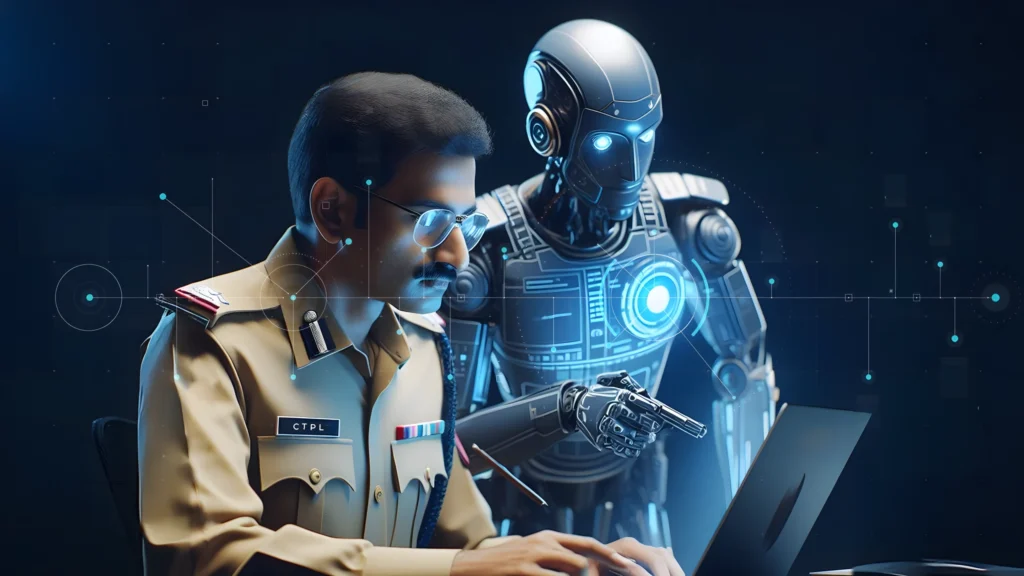In a bold step toward transforming law enforcement in India, the Maharashtra Police have launched MARVEL—an artificial intelligence-driven system designed to assist officers in investigating crime, predicting threats, and protecting citizens. The platform marks India’s first state-run AI initiative for policing, and experts say it could set a national benchmark for data-led public safety.
Registered as a special purpose vehicle (SPV) fully owned by the state government, MARVEL—short for Maharashtra Advanced Research and Vigilance for Enhanced Law Enforcement—is already being integrated across multiple police units. The initiative is backed by a ₹23-crore budget and executed in collaboration with IIM Nagpur and Chennai-based Pinaca Technologies.
From Crime Scenes to Code: The Rise of AI in Policing
Launched in March 2024, MARVEL is designed to be more than just a digital tool—it’s a force multiplier. It integrates modules focused on organized crime, cyber fraud, financial scams, hit-and-run cases, and missing persons.
At the heart of MARVEL is Crime-OS, a virtual assistant for police officers. By uploading an FIR (First Information Report), investigators can receive pre-drafted queries for bank data, automated analysis of transaction patterns, and visual summaries of suspect behavior—all within minutes.
“This is not about replacing the police—it’s about empowering them,” said an official involved in the system’s rollout. “What would take weeks of paperwork and manual data checks can now be accomplished in hours.”
A New Era of Data-Driven Investigations
MARVEL operates by tapping into secure police databases and pulling actionable intelligence using machine learning and pattern recognition. It’s particularly effective in financial fraud and cybercrime cases where data volume can overwhelm traditional workflows.
In one instance cited by senior officers, the system traced a vehicle in a hit-and-run case using only partial CCTV footage and a fragment of a license plate. In another, it cross-referenced financial transactions across districts to uncover a coordinated scam.
“AI brings precision, speed, and perspective to investigations,” said Deputy Commissioner of Police Sanjay Shintre. “We still rely on human judgment, but now it’s backed by sharper insights.”
Expanding Reach: From Crime Labs to Forests
What sets MARVEL apart is its potential beyond urban crime. In recent months, the system has been adapted to help monitor human-animal conflict zones near tiger reserves. Using motion-sensor cameras and AI vision tools, it detects the presence of wild animals near villages and sends alerts to prevent attacks—an unexpected but impactful application of the platform.
Officials say this dual-use capability could allow the system to scale beyond law enforcement into disaster management, emergency response, and public health.
Promise and Prudence
While MARVEL is being hailed as a milestone in Indian policing, experts caution that AI tools must be deployed with transparency and safeguards.
“AI in law enforcement can be revolutionary, but it must be accountable,” said a researcher at a public policy institute. “Data privacy, algorithmic bias, and misuse must be carefully governed.”
Still, for Maharashtra Police, MARVEL represents a leap forward—one that reimagines what it means to investigate crime in the 21st century.
“Technology is no longer optional,” said an official from the Home Department. “It’s the foundation for a safer, smarter future.”


